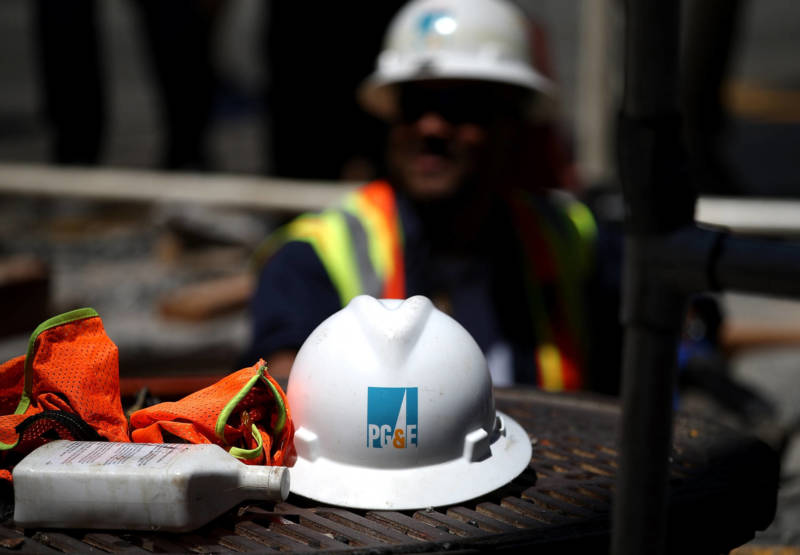A week after announcing that the company will file for bankruptcy protection at month's end, Pacific Gas and Electric officials said they have secured financing to continue safe operations while the Chapter 11 case proceeds.
In a filing with the Securities and Exchange Commission, PG&E wrote that it entered into an agreement with four major banks to provide $5.5 billion in "debtor-in-possession," or DIP loans.
"PG&E expects that the DIP Facilities will provide it with sufficient liquidity to fund its ongoing operations, including its ability to provide safe service to customers during the Chapter 11 cases," the filing states, adding that the company expects the Chapter 11 proceedings to take two years, but that the loans could be extended to a third year.
It's the latest twist in a bankruptcy case that could have huge implications for California ratepayers, fire victims and the state's fight against climate change. PG&E announced on Jan. 14 that it plans to file for Chapter 11 protections around Jan. 29, citing the more than $30 billion in potential liabilities from a series of devastating wildfires that the company is suspected of starting.
The filing will also have huge repercussions for PG&E's shareholders — including New York-based BlueMountain Capital Management.
